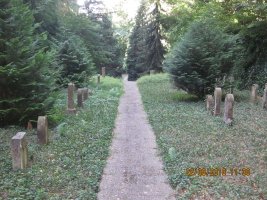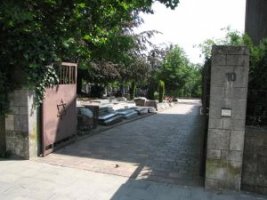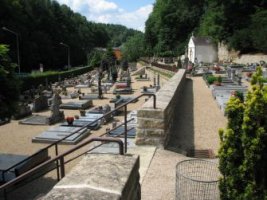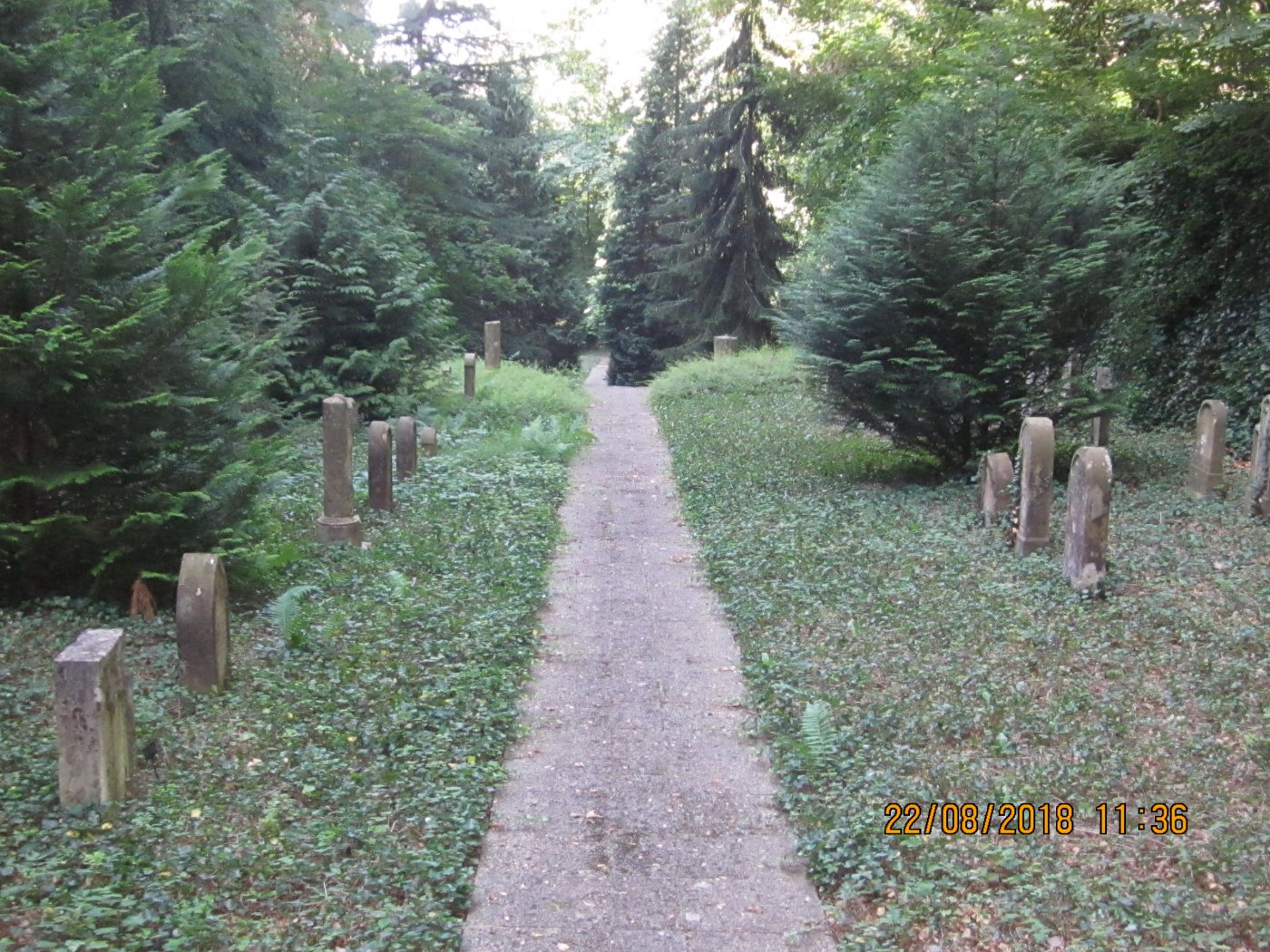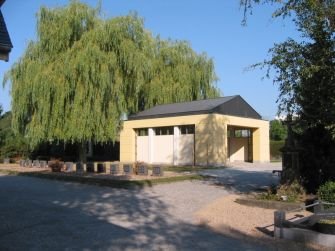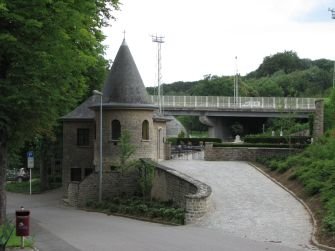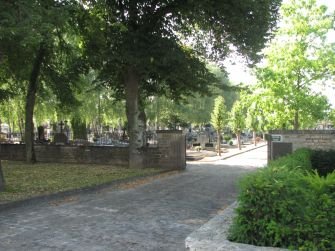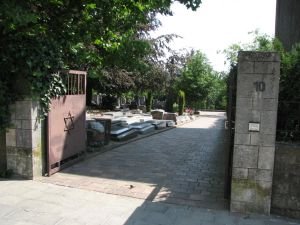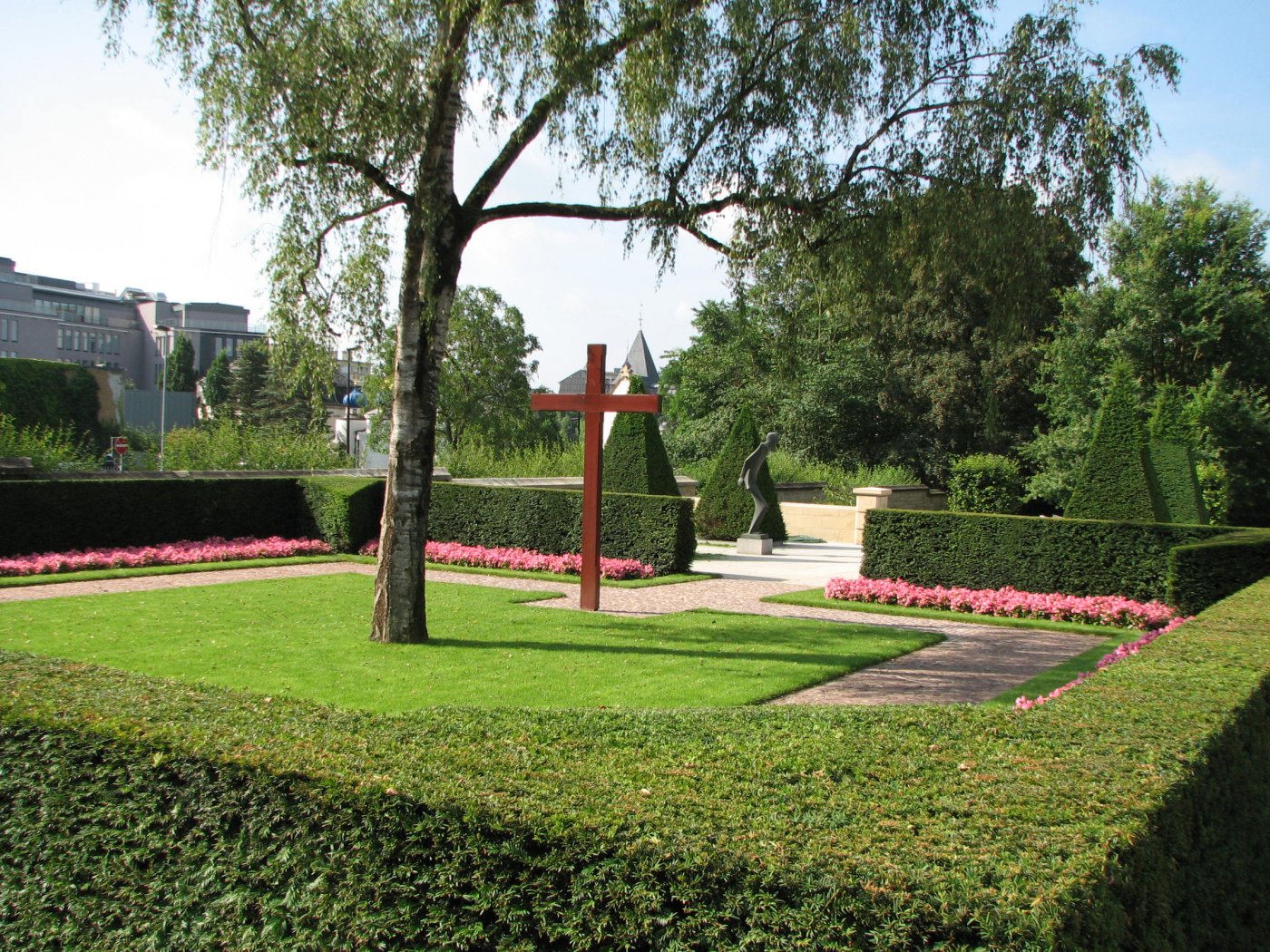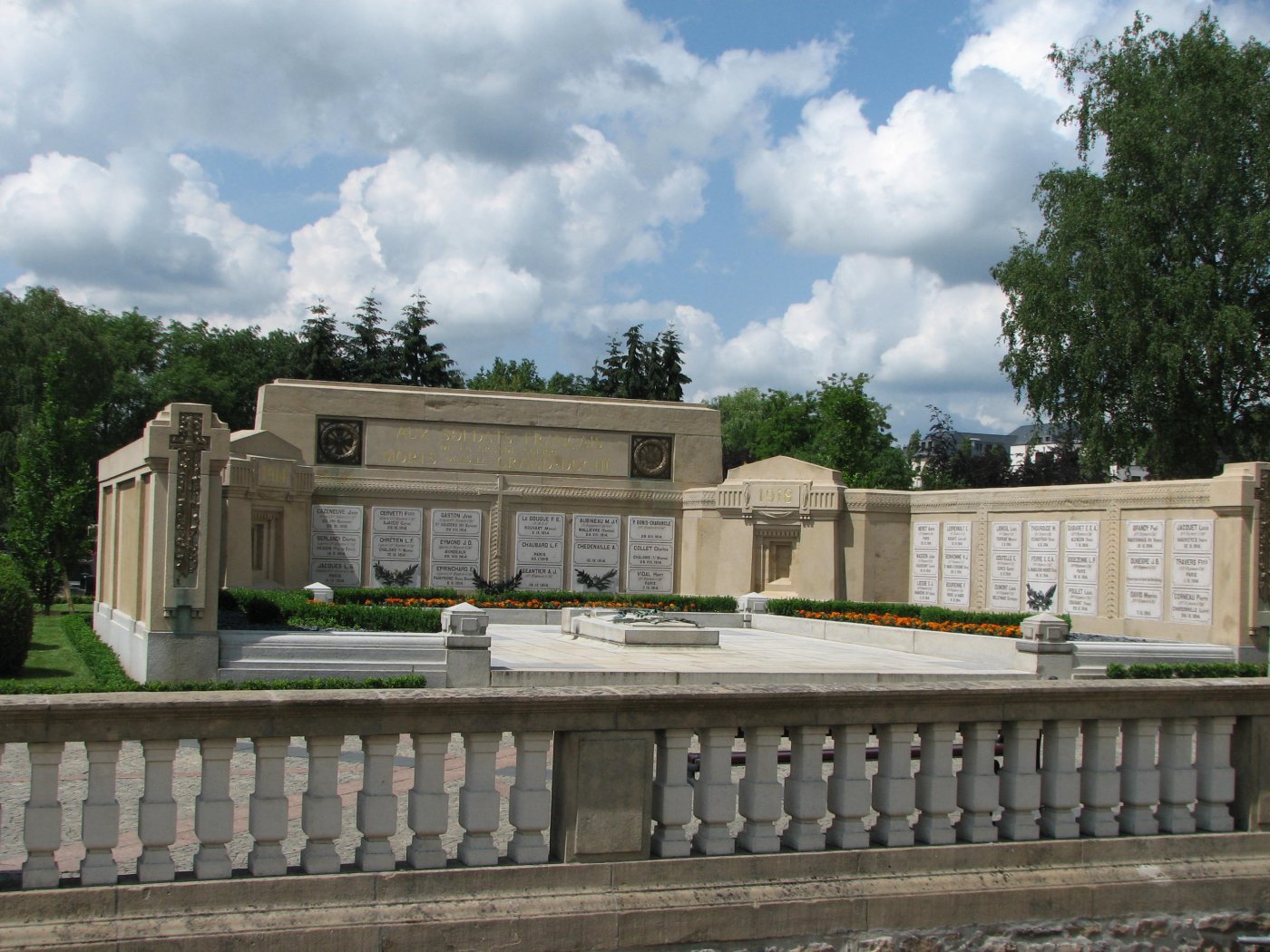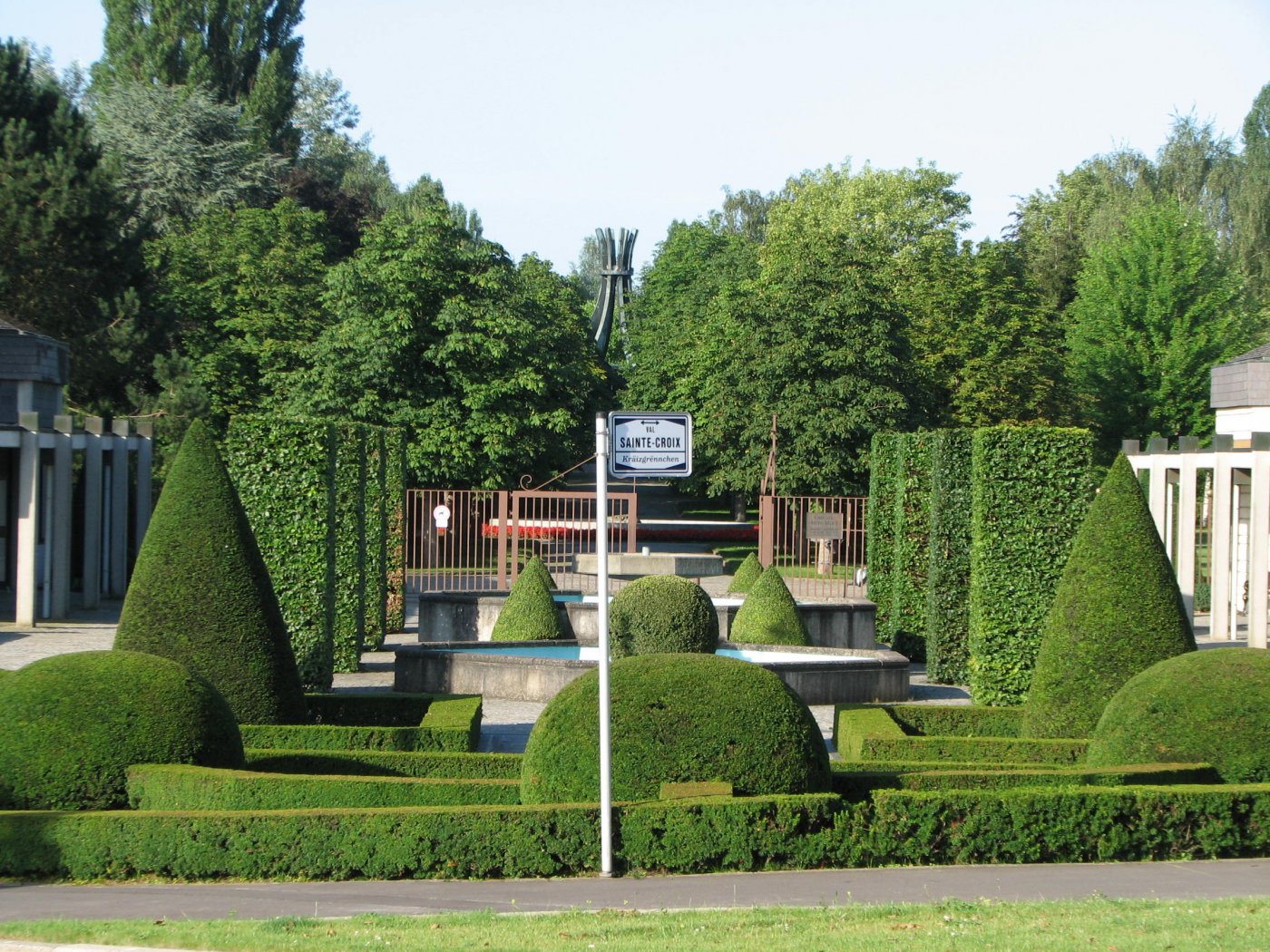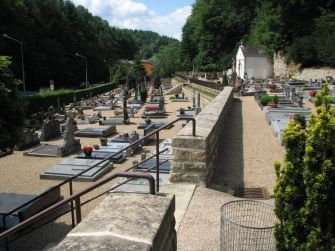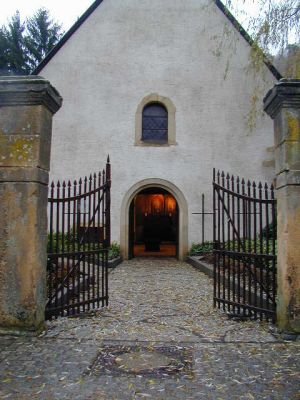Burial and cremation
When someone dies, they must be buried between 36 and 72 hours after their death. Upon reasoned request, this period may be extended beyond 72 hours upon presentation of a certificate issued by the medical inspector. This also applies to cremation. Twenty-four hours must pass before a person's remains can be taken away for cremation, but they must be cremated within 72 hours.
The remains of anyone having died in Luxembourg City, as well as the remains of anyone who is to be buried or cremated in the city, may be admitted to a municipal morgue before interment. The relevant application must be submitted to the civil registrar.
Burial and interment of ashes is only permitted with written authorisation issued by the civil registrar. Possible scenarios:
- If a person passes away in the capital, authorisation may be requested when the death is registered;
- If a person passes away in another municipality, authorisation is issued upon presentation of the the death certificate and the transport licence issued by the municipality where the death occurred;
- If a person passes away while abroad, authorisation is issued based on the official information provided to the civil registrar, provided the latter considers such information sufficient.
The remains of someone who passed away in the Grand Duchy of Luxembourg can only be cremated with the authorisation of the civil registrar for their place of death. Such authorisation is granted upon presentation of:
- a document expressing the desire of the deceased to be cremated, or a declaration by the family member closest to the deceased.
Date and time of burial
If a burial or interment of ashes is meant to take place within Luxembourg City, the person registering the death fixes the time and date of burial/interment with the civil registrar. They must specify whether the funeral ceremony will be of a secular or religious nature. In the event of cremation, the time and date will be communicated by the funeral home.
Place of burial or interment of ashes
Only the following persons (whether resident or not) may be buried in one of the city's cemeteries: persons who have a valid grave deed (concession funéraire) and their spouses, as well as their ascendants and descendants and respective spouses. Anyone whose last place of residence was in Luxembourg City may also be buried in a Luxembourg City cemetery. Various scenarios are possible. The civil registrar will provide you with all the information you need depending on your particular case.
In the event of cremation, the urn may be interred either in the family grave, a columbarium, or one of the special cinerary tombs available at the Merl and Notre-Dame cemeteries. Ashes can also be scattered on the lawn reserved for this purpose in the Merl cemetery, the forest cemetery (Bëschkierfecht) or the memorial garden near the crematorium in Luxembourg-Hamm.
At the above-mentioned locations, it is also possible for loved ones to scatter the ashes of non-residents who passed away in Luxembourg-City.
Grave deeds
A grave deed confers the right to a specific plot of land in one of the municipal cemeteries for the purpose of burial and interment of ashes.
If, at the time a death is registered at the municipal office, the deceased or one of their relatives (whether resident or non-resident) has a grave deed for a plot in one of the thirteen cemeteries in Luxembourg City, their rights to the plot will be verified.
A grave deed confers the right to be buried in the cemetery plot to the holder, their spouse, their descendants and ascendants and respective spouses, and any other person authorised by the deed holder.
It should be noted that in the case of perpetual rights to a cemetery plot, a protective declaration must be filed every 30 years by a rightful claimant.
When a Luxembourg City resident passes away, a new cemetery plot may be granted for a period of fifteen or thirty years (provided that no other cemetery plot rights exist for one of the city's cemeteries). The right to the cemetery plot may be renewed when it expires.
In most cases, a cemetery plot can be acquired only for someone who is deceased and only in the municipal cemetery of the deceased's last place of residence, unless the family prefers that the deceased be buried in the Merl cemetery. To acquire a new cemetery plot, a rightful claimant may renounce their share in favour of their coheirs.
Where the family does not intend to acquire a cemetery plot, the person who died in Luxembourg City or Luxembourg City resident who died outside the capital may be buried in the Merl cemetery in a grave site to which no rights are attached. The City may take back possession of this gravesite again after a period of 5 years.
Members of the Jewish faith may be buried at the Bellevue Jewish Cemetery or a plot in the Merl cemetery, even if their last place of residence was not in Luxembourg City.
Burial monuments
Where the family has an existing cemetery plot, they must – once they have completed all the necessary administrative procedures for their loved one to be buried – commission a memorial mason to remove any burial monuments so that the grave can be opened by the staff of the Service Cimetières (Cemeteries Department). After the ceremony, the memorial mason may then place the burial monument back on the family grave.
Where there is no existing family grave, please note that you can buy a burial monument once you have been granted a cemetery plot by the municipal office.
Installing a burial monument, as well as having any other work carried out on a grave site, requires prior authorisation from the mayor. In most cases, the supplier of the grave monument submits the appropriate application, together with the necessary plans. Cemetery regulations contain strict rules on the aesthetics and form of monuments, their height, the materials to be used, and so on. To ensure rock-solid stability, the monument must be placed on a vault or at least on foundation pillars. The construction of a vault at a burial site requires the exhumation of buried remains, which requires special authorisation. For any additional information, please contact the Civil Registry (état civil) to be referred to our staff in charge of managing funerary plots.
When a new cemetery plot is acquired, the Service Cimetières prepares the site by erecting, at the plot holder's expense, a provisional wooden frame that is removed when the burial monument is installed.
The plot holder undertakes to ensure the proper maintenance of a grave site, keeping it in good repair and in a condition that is befitting of its surroundings, according to the practices and location of the cemetery. Plants such as trees, shrubs and hedges must not extend beyond the limits of the grave, nor cause an obstruction to nearby burial sites.
The municipal office may require plot holders to remove monuments that are at risk of deteriorating within a set delay. If the plot holder fails to comply, the Service Cimetières has the right to demolish and immediately remove any deteriorating parts of the monument in question.


